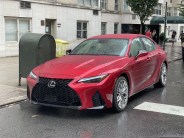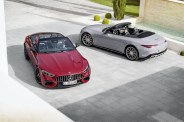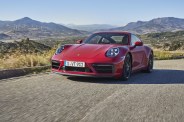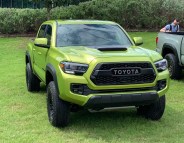I’ve spent a lot of time behind the wheel of a Lexus LC 500, though two specific instances stand out. Years ago, I was fortunate enough to be at the official vehicle launch event in Hawaii, where the coupe’s otherworldly shape seemed at home among fields of black volcanic stone and sweeping, ocean-side roads. Not long after, I brought the Lexus and a couple of other grand tourers on a 1,000-mile road trip through Michigan for Gear Patrol Magazine, providing a lengthy opportunity to compare the $100K cruiser with exotics at twice the price. It’s only a coincidence that the Hawaiian trip coincided with Valentine’s Day that year; I would have fallen in love regardless of Cupid’s intervention.
Late in 2021, I revisited my beloved LC 500, this time in a daring colorway and with decidedly less of that wild bodywork. For a week in and around Montecito and Santa Barbara, California, the LC 500 Convertible served as both my chariot and as a rolling ego boost: there are few better places for a lavish drop top than “The American Riviera,” and few cars as eye-catching and distinctive as the LC 500. But how would my first experience with the drop-top compare with those drives in the coupe?
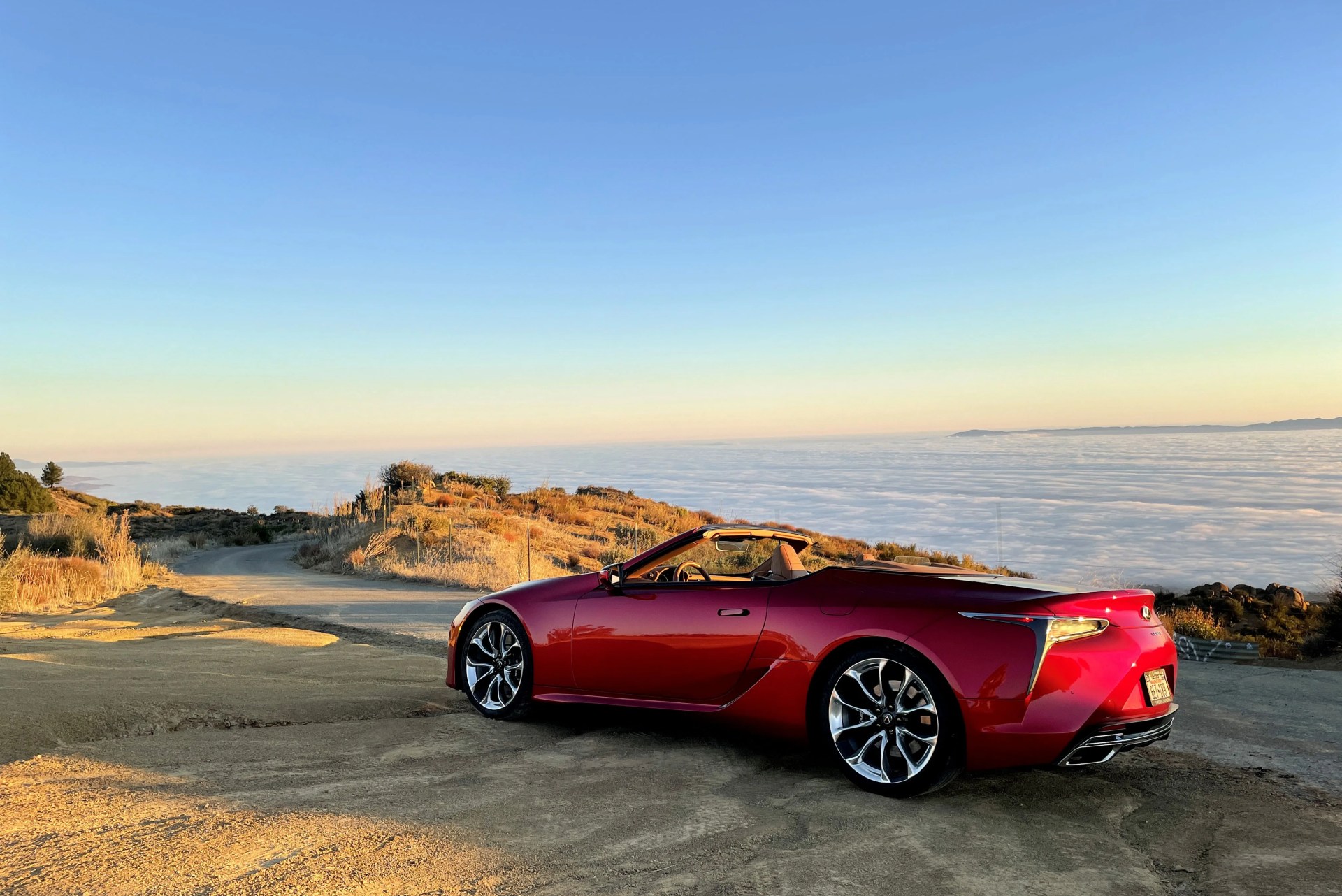 Nick Caruso
Nick CarusoAs noted, the car stood out around town, cruising the coast, and bombing up and down the 101. Even in a place rife–nay, lousy–with new Ferraris, Aston Martins and all manner of other high-end metal, my LC 500 convertible, finished in a shockingly bright red metallic paint (called, appropriately, Infrared) turned heads and piqued interest.
That makes a lot of sense: despite its relatively bonkers affordability, the LC 500 is still a rare sight on the road. In the handful of years since it’s been available, Lexus has only sold a rough average of 2,000 LC 500s per annum. Now, with the 2021 convertible in the mix to attract more buyers, those numbers could rise. But, they’re still pretty depressing figures, despite working to my advantage vis a vis the many impromptu Prettiest Car Popularity Contests I found myself winning.
 Nick Caruso
Nick Caruso
